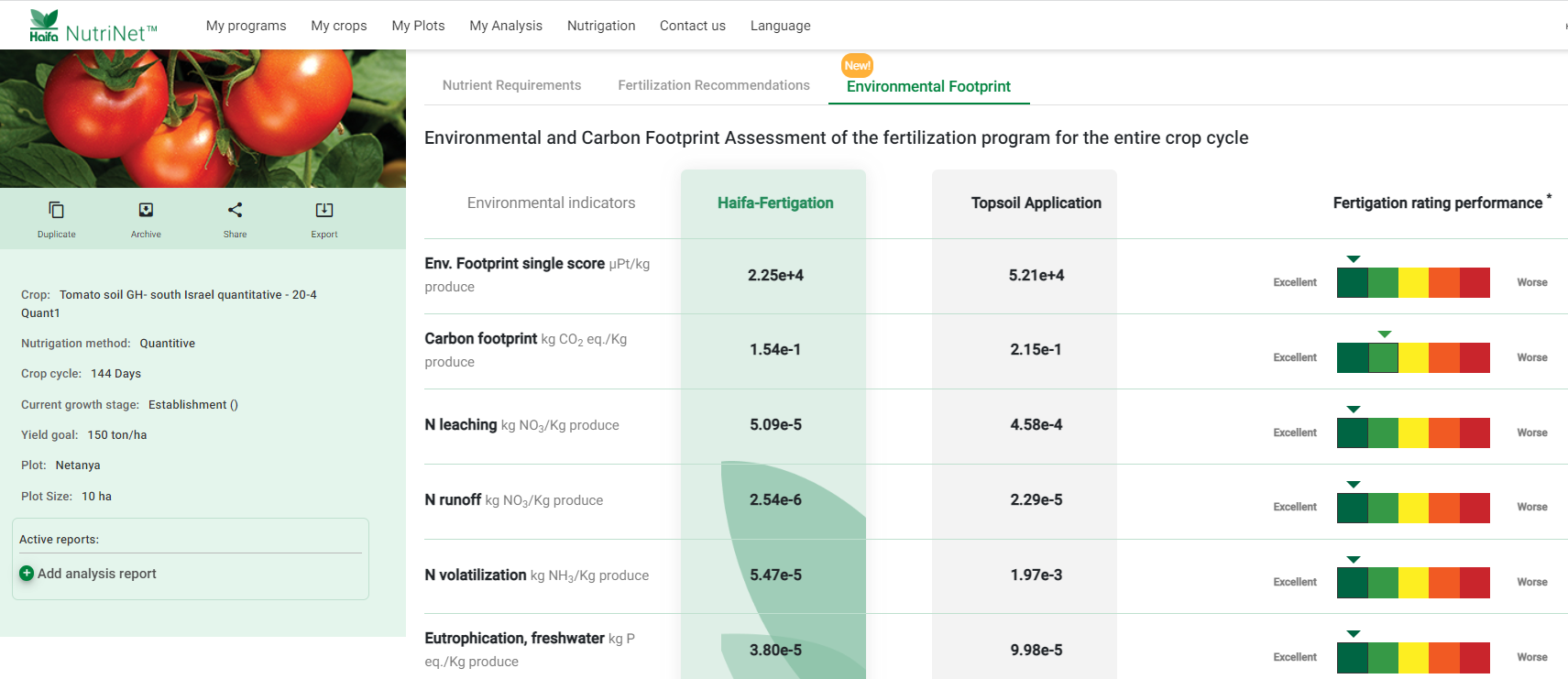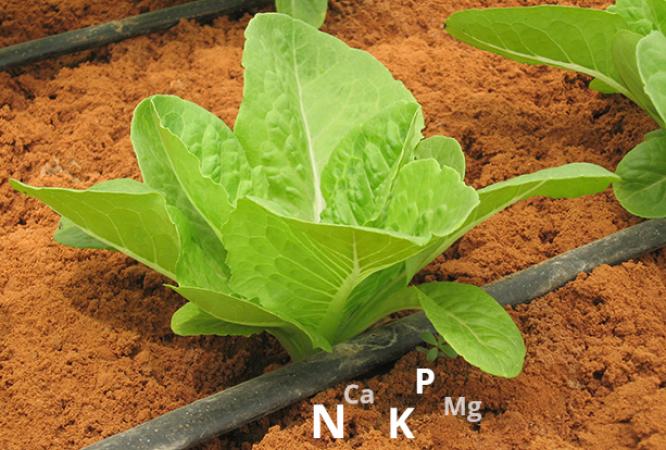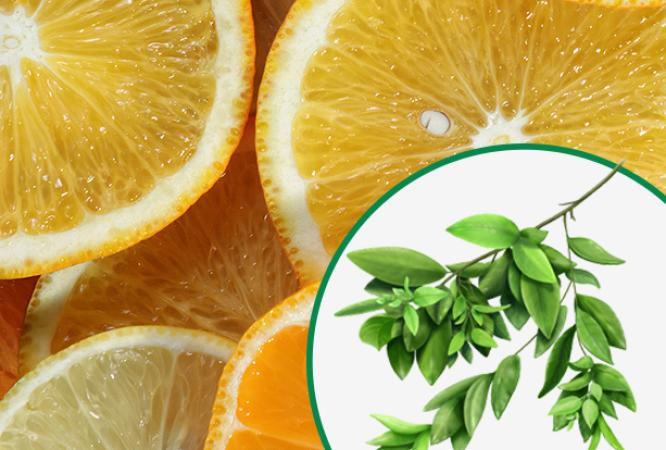Earth Day, which is all about preserving and protecting the environment, is going to take place this weekend. The first step in protecting the environment is to acknowledge the effects of human activities and take steps to reduce environmental damage. Agriculture in general, and fertilization in particular, are a vital part in feeding the growing world population, however, these operations must be monitored and optimized in terms of environmental pollution. As part of its environmental protection efforts, Haifa launched a first-of-its-kind online tool that allows farmers to assess and compare the environmental impact of fertigation and topsoil application programs. This tool, which is integrated in the NutriNet software, provides important information to growers about the environmental impact of using fertilizers, and how they can improve efficiency without compromising yield. In addition to calculation of the carbon footprint, NutriNet also provides data about nitrate leaching, ammonia volatilization, and other environmental indicators linked with fertilizer application. With this tool, growers can now create a better fertilization program that will benefit both crop productivity and the environment.
Analysis of the environmental parameters is based on the European Commission's recommended Product Environmental Footprint (PEF) method and a model for direct emissions and the result is a more comprehensive and sustainable approach to crop nutrition management.
In the future, based on this methodology, it will be possible to create a reporting system that assesses the impact of a fertilization, so that growers who use more efficient application methods, such as fertigation and controlled release fertilizers, will achieve low levels of emissions and will be preferred by customers who are concerned with environmental.
Please click on the link below to see an example of NutriNet's fertilization program and the related environmental parameters- https://katzr.net/12a07a

Analysis of the environmental parameters is based on the European Commission's recommended Product Environmental Footprint (PEF) method and a model for direct emissions and the result is a more comprehensive and sustainable approach to crop nutrition management.
In the future, based on this methodology, it will be possible to create a reporting system that assesses the impact of a fertilization, so that growers who use more efficient application methods, such as fertigation and controlled release fertilizers, will achieve low levels of emissions and will be preferred by customers who are concerned with environmental.
Please click on the link below to see an example of NutriNet's fertilization program and the related environmental parameters- https://katzr.net/12a07a





